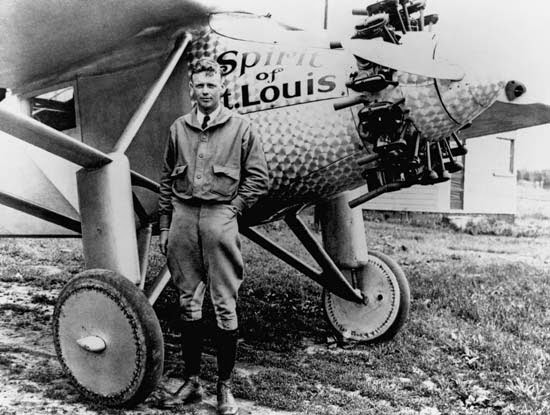The legendary Hawaiian canoe Hokulea is set to
embark on a historic round-the-world trip
setting out from Oahu. The double-hulled 3-sail vessel was built
in the 1970’s using traditional Polynesian boat designs and has become an icon
for Native Hawaiian culture. It will set out on what is planned to be a 3-year
journey covering 47,000 miles with stops in as many as 85 ports on six
continents.
The challenge will be
daunting. The crew has been trained in part by
Pius “Mau” Piailug, who is one of the very few people in the world to have
specialized in the art of traditional Polynesian navigation. The crew will rely
on only the wind to propel the 62-foot vessel and the stars and its rudder to
guide it through the high seas of the southern hemisphere. Many of these
navigational secrets were passed on orally to the apprentice, oddly enough in
the form of song. Very little was written. These skills included the
understanding of various stars and their motion and how they would set in the
horizon and how the weather affected different parts of the ocean. The
observation of the wildlife was also noted as to the migration of birds
and their movements between the many South Pacific islands. The movements of
the ocean and its currents together with cloud formations and their colors were
pivotal as well. All of these observations of nature provided the
navigators with the only clues they would have to be able
find their way.
Hokulea is not built with screws, nails,
welded joints or any of the other more standard methods of holding components
together. It is largely held together using rope and other elements that are
consistent with the traditional art of canoe making. Many of the South Pacific
islands had their own secrets for canoe
and outrigger canoe construction and the different tribes of the islands were
not always keen to share such secrets.
History has noted that threads
of languages from as far away as Taiwan made their way to South Pacific islands
such as Tonga and Samoa, which eventually found their way to Hawaii as well.
This is a clear indication that the sailors at that time were able to develop
tremendous navigational skills; and it is the use of these skills that the crew
of the Hokulea plan to put on show for us to witness as they
circulate the globe.
The Hokulea will be accompanied in
its journey by a modern sister canoe called the Hikianalia, which will be
equipped with modern technology that will be able to transmit around the world
the progress of the Hokulea. The voyage will be documented for educational purposes
so that students for all over the world will be able to
witness this ancient navigational art together with the experiments that will
be performed and the data that is collected.
Money is naturally a very important issue for
such an undertaking. As much as $30 million will be needed for the 3 year
voyage, much coming from corporate sponsors and private donations.
So let’s hope that we all are able to learn
something new about the nearly lost art of Hawaiian and Polynesian canoe
sailing. Bon Voyage!






